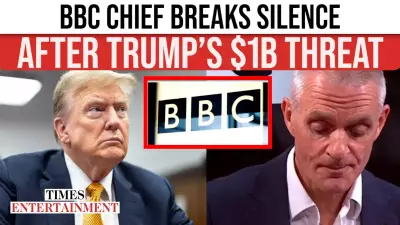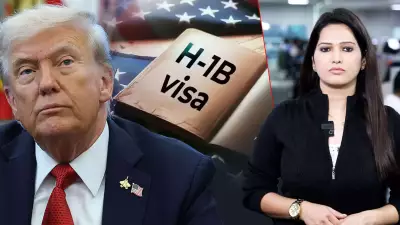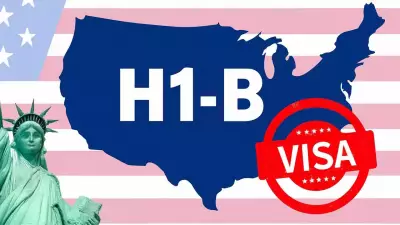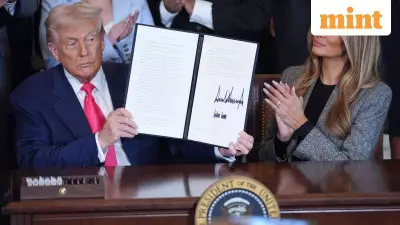
In a significant development for international trade relations, India and the United States are moving closer to finalizing the first phase of their proposed bilateral trade agreement. Commerce Secretary Rajesh Agarwal confirmed on November 17 that the initial package addressing reciprocal tariffs is nearly complete and could be announced soon.
Current Status of Negotiations
According to multiple reports from PTI and Bloomberg, Agarwal revealed that the India-US Bilateral Trade Agreement (BTA) is being discussed in two distinct parts. The commerce secretary emphasized that while negotiations for the second part will require more time, the first phase focusing on tariff reduction is approaching closure.
"We are engaged with the US on the BTA. It has two parts. One part of negotiations will take time. The other part is a package which can address reciprocal tariffs. We are working on both aspects. The package that can address reciprocal tariffs is more or less near closure and we should get it soon," Agarwal told reporters.
Key Components of Phase One Agreement
The initial phase of the trade deal will specifically address the 50% tariffs currently imposed on Indian goods, which comprise 25% reciprocal duties and an additional 25% described as "punishment" for India's purchase of Russian crude oil. This tariff reduction is expected to provide significant relief to Indian exporters who have faced challenging market conditions.
Recent data from the commerce ministry highlights the urgency of resolving these trade barriers. India's merchandise exports to the US declined by 11.93% to $5.46 billion in September 2025, largely attributed to the high tariffs imposed by Washington. Meanwhile, imports from the US increased by 11.78% to $3.98 billion during the same period.
Ongoing Discussions and Market Access
Several issues remain under active discussion between the two nations. One notable point of negotiation involves Indian oil companies potentially signing a year-long deal to import LPG cooking gas from the United States in 2026. While Agarwal clarified that this is not directly part of the negotiation package, it represents a broader effort to balance trade between the two countries.
The United States is also pushing for greater market access for several key agricultural products, including almonds, pistachios, apples, ethanol, and genetically modified commodities. These market access discussions form a crucial component of the comprehensive trade agreement both nations are working toward.
Strategic Importance and Future Outlook
The proposed bilateral trade agreement carries significant strategic importance for both economies. The United States has remained India's largest trading partner for the fourth consecutive year in FY25, with bilateral trade valued at $131.84 billion. This represents approximately 18% of India's total goods exports and 6.22% of imports.
Both countries have completed six official rounds of talks and have resolved to announce the first tranche of the agreement in 2025. The ambitious target set by both nations aims to more than double bilateral trade to $500 billion by 2030, up from the current $191 billion.
The progress in negotiations follows recent comments from US President Donald Trump, who stated that the US is "pretty close" to reaching a "fair trade deal" with India and indicated willingness to lower tariffs on Indian goods at "some point."
Commerce Secretary Agarwal and other Indian officials conducted trade talks in Washington from October 15-17, building momentum toward finalizing an agreement that could reshape economic relations between the world's largest and fifth-largest economies.





